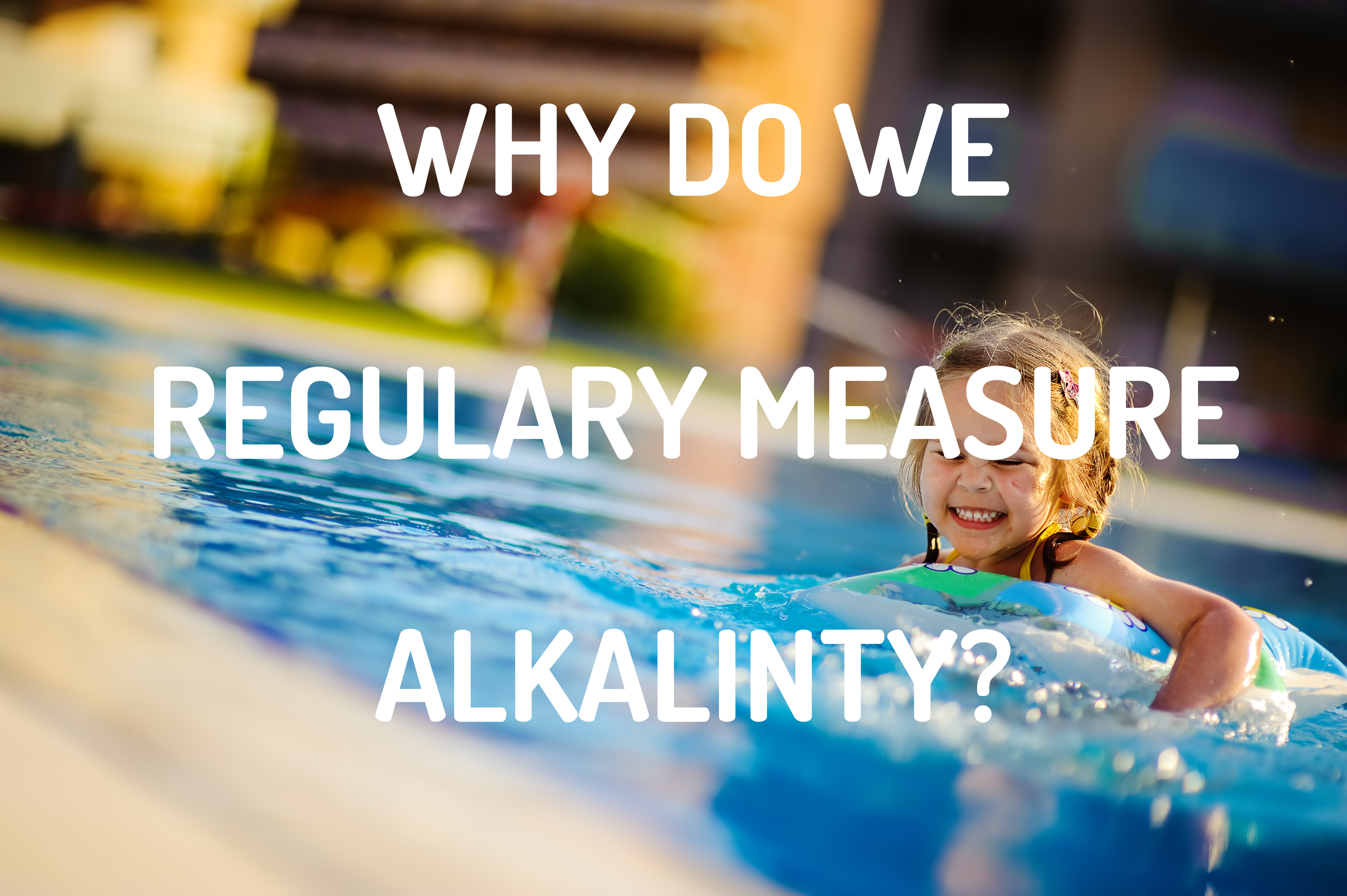
Why do we regulary measure alkalinity?
Alkalinity is largely responsible for the buffer capacity, in relation to the pH value. The correct adjustment of the pH value is the be-all and end-all of optimum water treatment in order to maximise the efficiency efficiency of the disinfectant (usually chlorine) and the flocculant (based on aluminium or iron salts).
For this reason, DIN 19 643 specifies weekly measurements of the the raw water, i.e. the treated water that is fed into the treatment to the treatment plant.
If the value is less than 0.7 mmol/l (which corresponds to approximately 2 degrees of german hardness), an additional treatment step is recommended. Sodium carbonate or sodium bicarbonate are added to the water circuit. This ensures that the pH value remains relatively stable even if acids or alkalis are added.
With the LILIAN photometer, measurement is very easy. Just plug the SensoStick type “Ks4.3 / TA” into the photometer. The sample is taken automatically and the result is precisely determined after one minute.